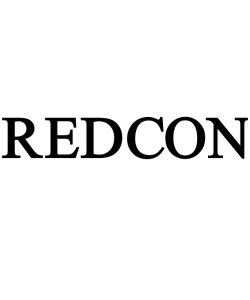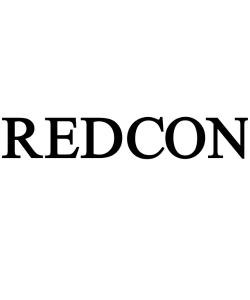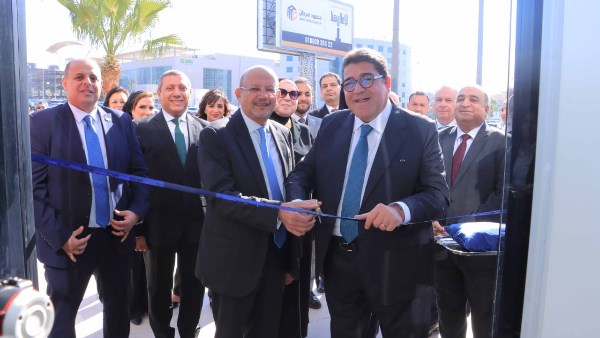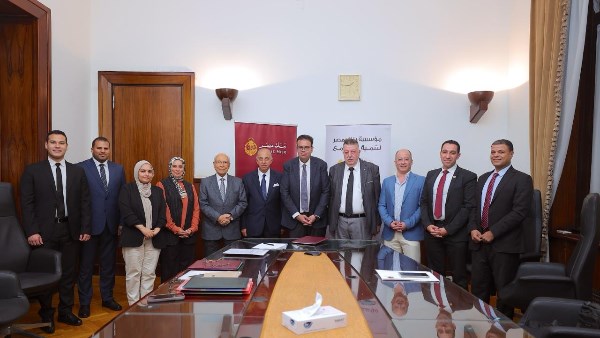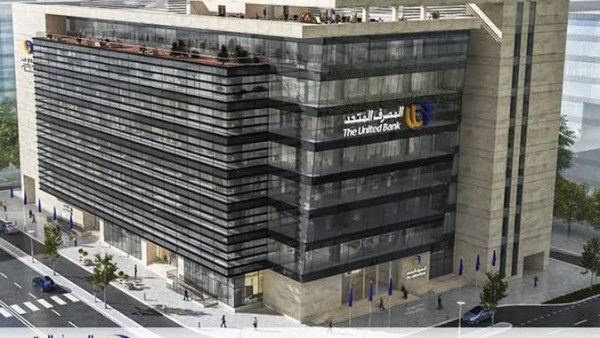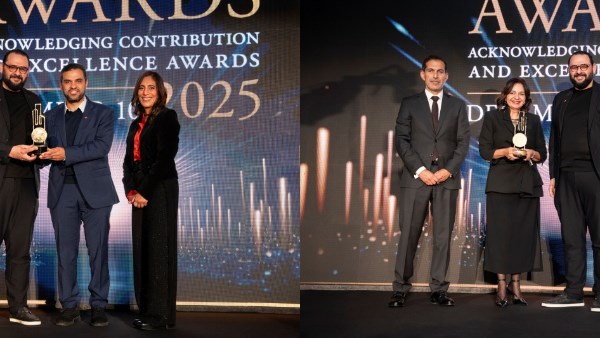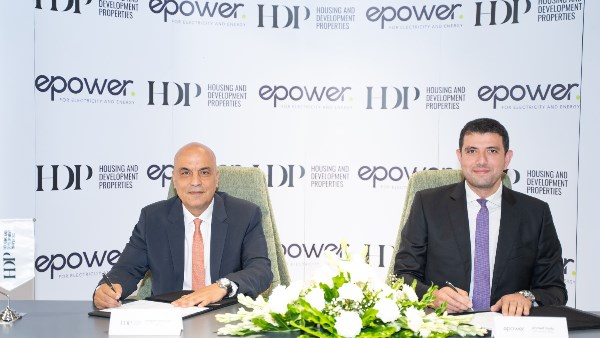7 Levels to rate Green Buildings in Egypt: Dr. Khaled Al Zahabi

The Housing and Building National Research Center (HBRC) exerts its efforts to develop the construction system in Egypt, according to the latest updates in the construction sector. It had an effective role in the past years in providing innovative solutions, which are consistent with many challenges experienced by the construction sector including changing the prices of raw materials and their continuous fluctuation. Furthermore, how to adopt mechanisms to ensure that major projects are implemented at the highest quality time.
There is confusion between smart and sustainable cities and their different codes
The Housing and Building National Research Center is an affiliated institute with the Ministry of Housing, Utilities, and Urban Communities established in 1954.
A Presidential decree was issued in 2005 to restructure the center to be under the name of Housing and Building National Research Center. The Center is affiliated with several research institutes, such as the Building Research Institute and Quality Control, Concrete Research Institute, Construction and Steel Structures Research Institute, and the Egyptian Green Building Council, the Technical Inspection Agency for Construction Works.
The cost of Green Buildings is higher by 10-25% and the rule is life cycle and efficiency in operation
In his interview with “Osoul Misr”, Dr. Khaled Al Zahabi, Chairman of the Board of Directors of the Housing and Building National Research center, stressed the need to create new building codes that match sustainability standards, in addition to releasing the green code.
Al Zahabi indicated that the Grand Egyptian Museum project was the latest mega project where sustainability codes were applied. The main building won the Green Building award for the best project in the field of green construction according to the Egyptian Green Pyramid System.
100% is the percentage of contaminated clinker in cement before 2005
The museum cooperated with Housing and Building National Research Center to be accredited as a green and environment-friendly building and approve the certificates of Green Building and sustainability. The museum was awarded several certificates and awards in this regard, the latest of which is the Green Building Award.
Dr. Khaled Al Zahabi explained that the museum was built on the latest architectural styles in the world, using the latest technologies that consider sustainability and cope with it. Thus, the museum is considered one of the largest cultural, archaeological, and tourism projects in modern history.
“The Center is the entity responsible for conducting the rating process for the museum based on the Green Building Rating Systems, which has seven levels, including the site, materials used in construction, lighting, interior design, and environmental quality, in addition to using modern mechanisms for water and sanitation”, he continued.
The Green Building Rating Systems
In his interview with “Osoul Masr” magazine, Al Zahabi indicated that the certificates and ratings are classified as good, very good, gold and platinum.
The Housing and Building National Research Center issued Green Building rating systems for establishing Green Building communities in 2020, including seven levels in different percentages that must be available in the building.
It starts with 10% for the project site and the studying of the surrounding environment of the site, 28% for the efficiency of renewable energy use, 30% for the efficiency of consumption and water reuse, 12% for the efficiency of the available resources and building materials usage, 12% for environmental quality in closed spaces, 8% for management and sustainability, and 4% for the design, construction, and innovation.
Dr. Khaled Al Zahabi said that the HBRC has a wide range of experience in the fields of providing supervision, laboratory services and engineering consultancy, examining and evaluating concrete and metal structures, describing methods of reinforcement and maintenance, and supervising the implementation in various fields including (sanitation - roads - water - housing and works of quality control for different projects, training and building capacities for technical cadres on tests or supervision, and awarding approved certificates nationwide.
Codes and construction materials
Al Zahabi indicated that the sustainable codes are multiple, including smart cities code - which differs from sustainable cities, despite the common confusion between them, however, the rating systems for each city are different.
For example, cities may follow technical systems, but, are all materials used in the construction environmentally friendly? And are they using recycled materials? Is water recycled and used for other purposes, such as the irrigation of landscapes? Are green landscapes and sustainable services used? These are the criteria for sustainable cities.
«As for roads, their construction code was updated, which is the criteria of sustainability and the use of concrete, which help reduces maintenance issues in the future.
The Central Agency for Reconstruction has carried out certain roads by adopting his mechanism» he continued.
Al Zahabi also clarified that “The cost of concrete roads is 10 to 25% higher than normal roads, which is the same as the increased percentage in cost between using any green and sustainable material compared to traditional ones.
The criteria are the life cycle, the need for maintenance, and avoiding problems in the long run”.
For example, he said, if you rely on solar energy, a higher cost will be paid in the beginning for implementation, but on operation, there will be significant savings in expenses.
The development of construction materials production
New construction materials have become more sustainable and safer for the environment. For example, cement as limestone and clinker are the main component of its manufacture.
The percentage of limestone determines how the cement is environmentally friendly. Before 2005, cement used in Egypt was 100% based on clinker, which is a polluting material and causes the highest emissions.
When the European standard specifications for cement production were issued in 2005, limestone was introduced as a less polluting material.
Noting that the cement produced in Egypt had the same specifications as the product of the European countries. Other components were entered into the production of cement to reduce the clinker used in it.
“Paints have become more developed, as they no longer contain volatile substances that harm public health and spread toxins.
However, there is more development in the production to become more environmentally friendly.” Al Zahabi concluded.








-1120252475029447.jpg)
-920252122624392.jpg)


